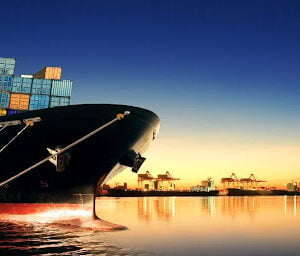International Freight Equipment Transport Demystified

Transporting freight is a crucial aspect of modern commerce, ensuring goods reach their intended destinations efficiently and safely. Within the realm of freight transportation, one significant aspect is the transport of freight equipment. This encompasses a wide range of machinery and materials necessary for various industries. In this article, we’ll delve into the specifics of freight equipment transport, exploring its importance, methods, challenges, and future trends. Here provided more info.
Understanding Freight Equipment Transport
Freight equipment transport involves the movement of specialized machinery, vehicles, and materials required for industrial processes, construction projects, agricultural activities, and more. This encompasses a diverse array of items, including construction equipment like excavators and bulldozers, agricultural machinery such as tractors and combine harvesters, and industrial components like generators and compressors.
Importance of Freight Equipment Transport
The significance of freight equipment transport cannot be overstated in sustaining economic activities across various sectors. Without efficient transportation of equipment, industries would struggle to operate optimally, leading to delays, increased costs, and reduced productivity.
Moreover, timely delivery of equipment is crucial for project timelines in construction, infrastructure development, and manufacturing. Any delay in transporting essential machinery can cascade into delays in project completion, affecting budgets and customer satisfaction. Explore more on this website.
Methods of Freight Equipment Transport
Freight equipment transport utilizes various methods depending on factors such as the size, weight, destination, and urgency of delivery. Some common methods include:
Trucking: Trucking is a widely used method for transporting freight equipment over short to medium distances. Flatbed trucks, lowboys, and specialized trailers are employed to haul heavy equipment securely.
Rail Transport: Rail transport is suitable for long-distance transportation of freight equipment. Railways offer the advantage of high capacity and relatively lower costs for bulk shipments.
Ocean Freight: For international shipments, especially oversized equipment, ocean freight is often preferred. Specialized containers and vessels are used to transport heavy machinery across continents.
Air Freight: When urgency is paramount, air freight becomes the preferred choice despite its higher costs. Air transport is suitable for smaller equipment or critical components that need to reach their destination rapidly.
Intermodal Transport: Intermodal transport involves using multiple modes of transportation, such as trucking, rail, and sea, seamlessly coordinated to optimize efficiency and reduce transit times.
Challenges in Freight Equipment Transport
While freight equipment transport is essential, it comes with its own set of challenges:
Regulatory Compliance: Transporting heavy equipment often requires adherence to strict regulatory standards concerning weight limits, permits, and safety protocols, adding complexity to logistics operations.
Infrastructure Constraints: Inadequate infrastructure, such as poorly maintained roads or insufficient railway networks, can hinder the smooth movement of freight equipment, leading to delays and increased costs.
Risk of Damage: Heavy machinery is susceptible to damage during transportation, especially if not adequately secured or handled with care. Mitigating …read more
Source:: Social Media Explorer









